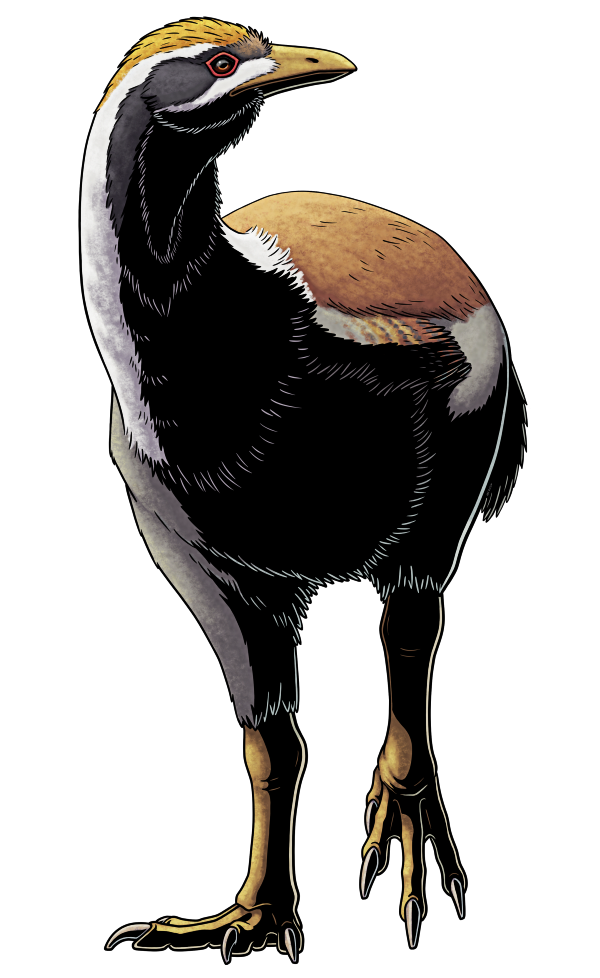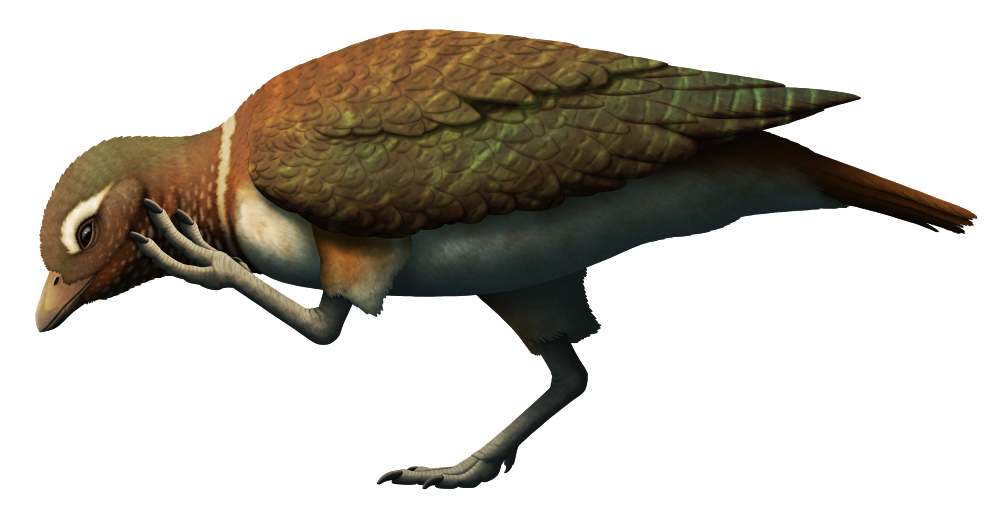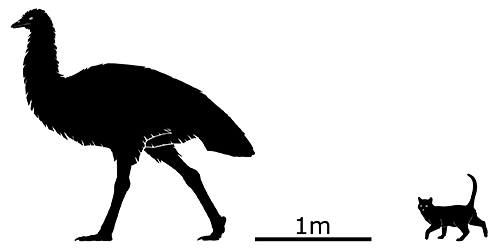While birds are one of the few animal groups to have achieved powered flight, they’re also very prone to losing their aerial abilities. Many times over their evolutionary history, multiple different bird lineages have convergently become secondarily flightless – and Patagopteryx deferrariisi was one of the earliest known examples of this.
Living during the Late Cretaceous, about 86-84 million years ago, in what is now the northern part of Argentine Patagonia in South America, Patagopteryx was roughly the size of a modern chicken at around 50cm long.
When it was first discovered it was classified as a ratite, but soon after it was recognized as actually being a much earlier type of bird, an early ornithuromorph only distantly related to any modern groups.
It had small wings, little-to-no keel, and no wishbone, indicating it lacked the large powerful musculature required for flight. Its legs were quite long, with large feet with all four toes facing forward – proportions that suggest it was built more for walking than for high-speed running.
Growth rings in its bones also show that it had a much slower growth rate than modern birds, taking several years to reach adult size.
Continue reading “Patagopteryx”



